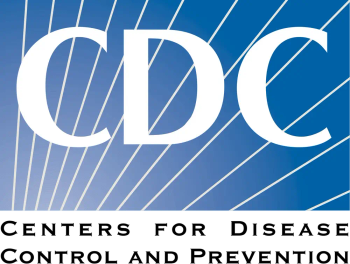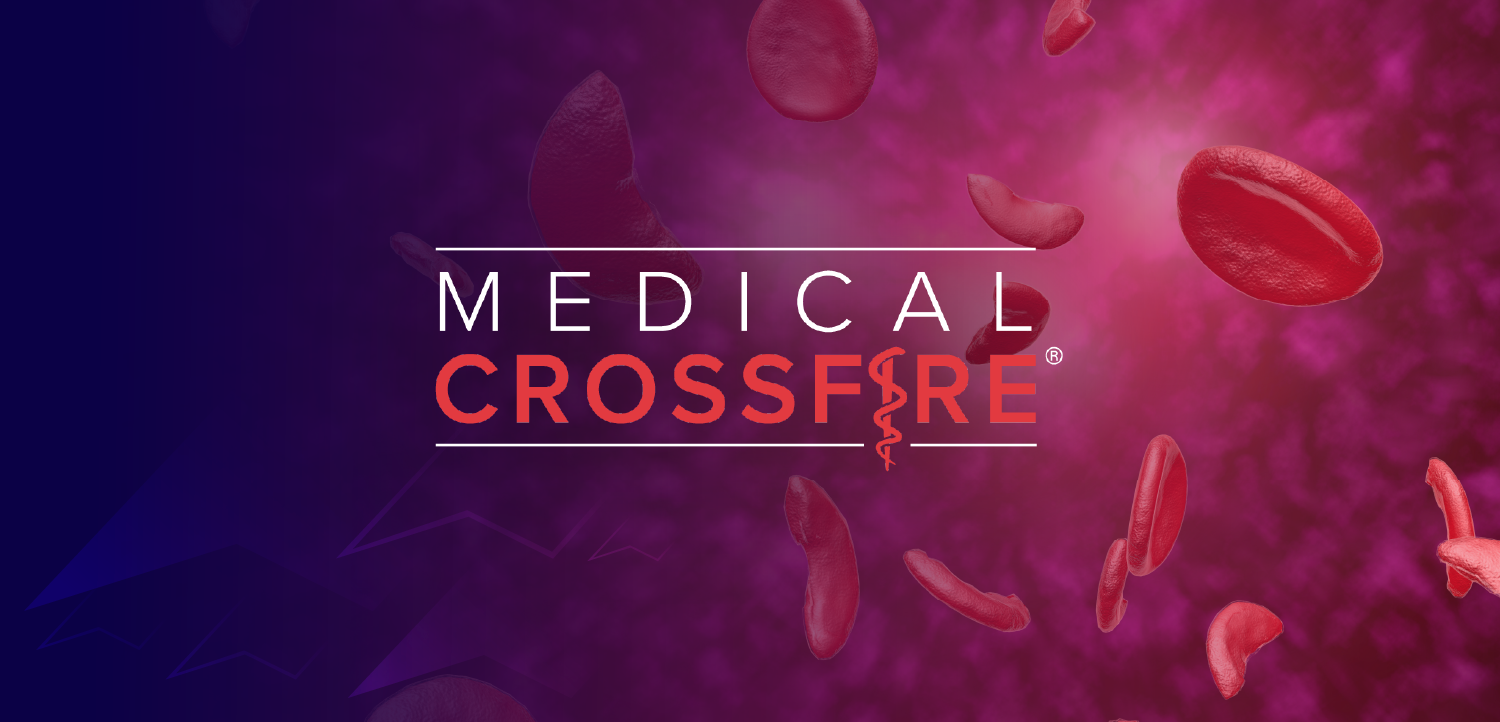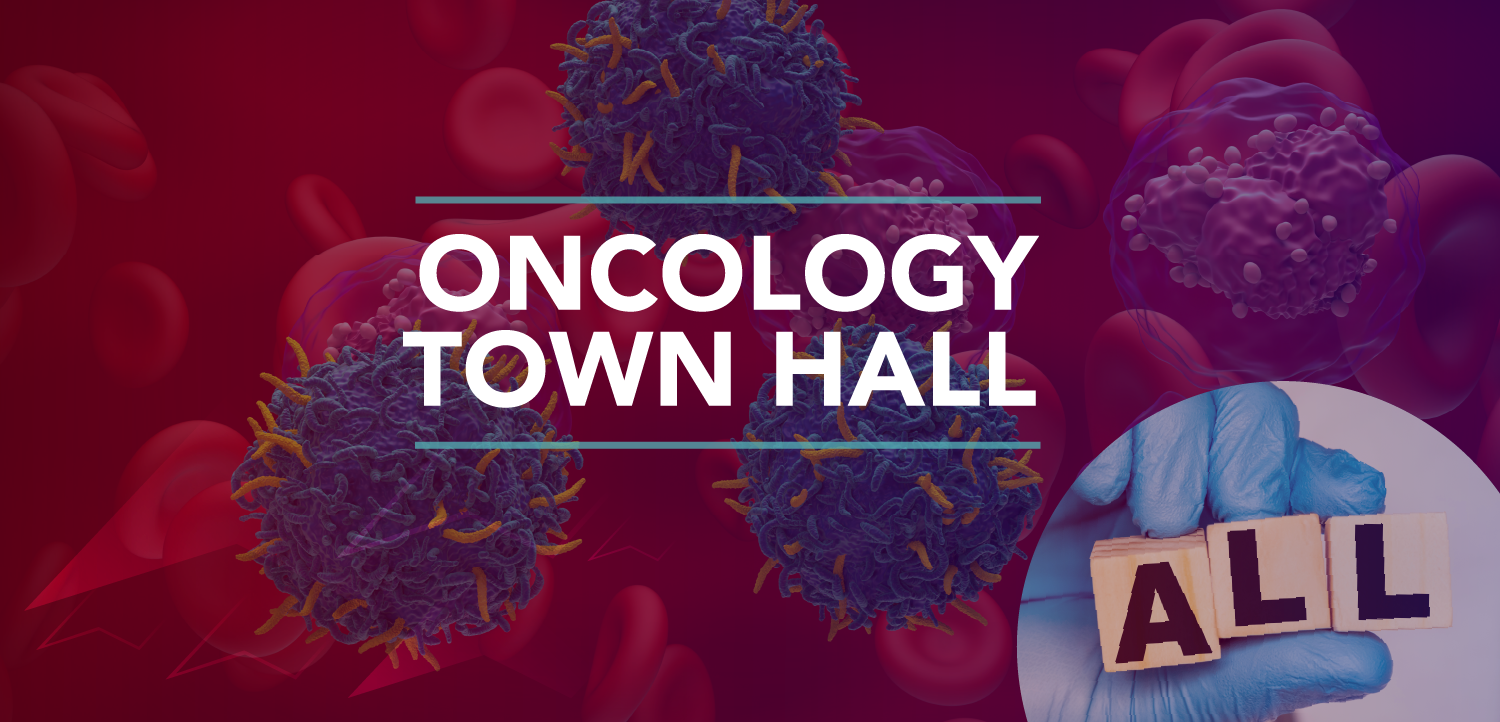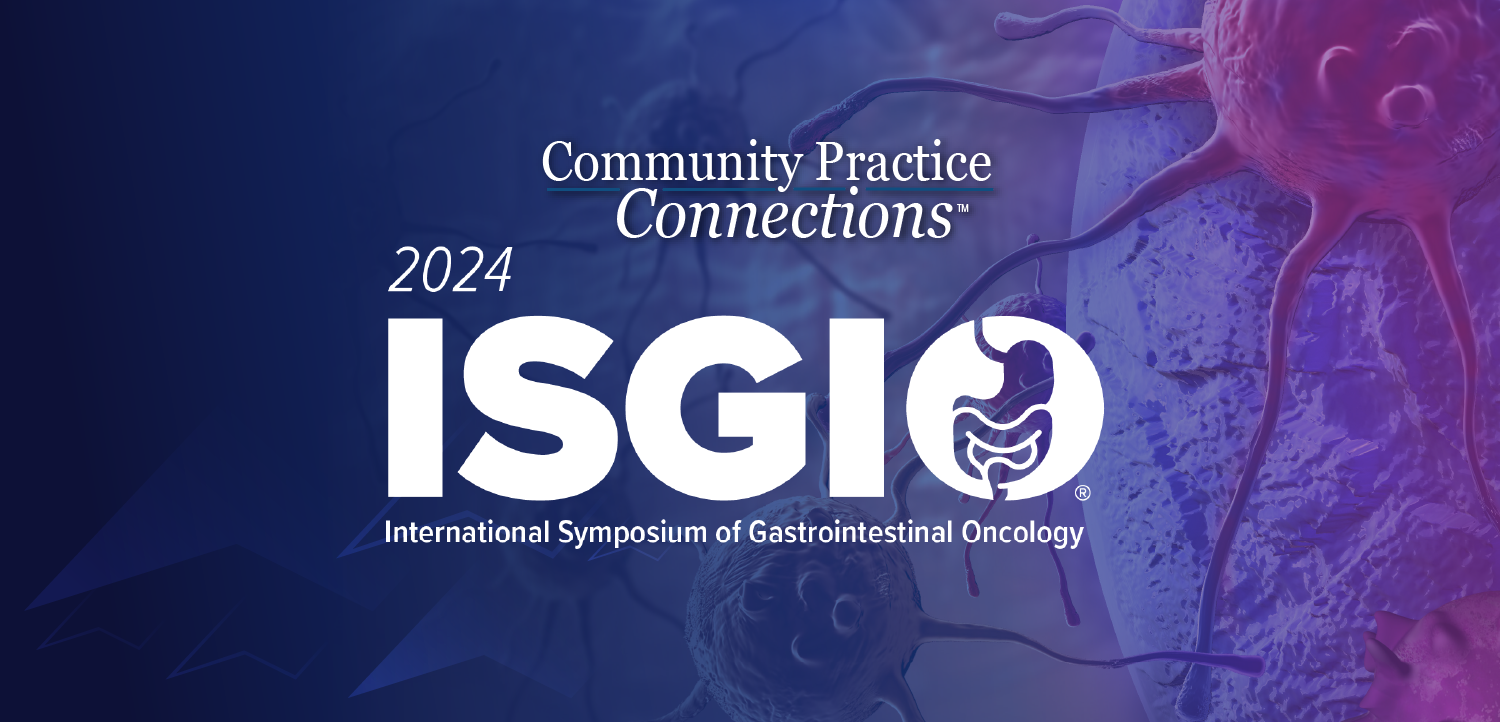Within the infectious disease health care realm, it is important to highlight those fields that collaborate with clinicians such as epidemiologists, laboratory professionals, and infection preventionists. This latter group, infection preventionists, are one of the most vital within health systems. Here is a review of some of the more significant roles they play and some strategies they can employ to ensure patient and clinician safety.
The role of the infection preventionist (IP) has gone through consistent changes over the last decade, with this evolution particularly pronounced over the last year due to shifts in infection reporting requirements, public policy and workforce constraints. With new reporting requirements for hospitals introduced, and some requirements bypassed altogether, best practices continue to encourage infection prevention and hospital teams to prioritize patient safety and outcomes while navigating these changes.
Amid both internal challenges, like staffing or resource shortages, and external pressures such as new regulations, IP teams need solutions that will help them maintain consistency and insulate their programs from the impact of these swings. Leveraging infection surveillance technology empowers IP leaders to build resiliency in their programs, allowing them to best navigate the inevitable changes our industry faces.
Maintaining Focus Amid Organizational Challenges
Emerging infections and other unforeseen distractions are all too common, and maintaining preparedness for these situations is imperative to keeping your IP team running smoothly and preventing infections. For example, the emergence of Candida auris has been problematic due to its resistance to multiple antifungal drugs, its ability to persist on surfaces, and its potential to cause severe illness. This requires IP teams to implement screening, enhanced barrier precautions, and environmental cleaning to prevent its spread in healthcare settings.
Changes in hospital leadership, merger and acquisition activities and technology shifts like overhauling Electronic Health Record (EHR) suppliers all have an impact on the full organization, coming with new reporting policies that are on IP teams to implement in practice. For example, changes to an EHR system can disrupt infection surveillance and may require learning entirely new technologies or making dramatic changes to existing workflows. Organizational or personnel shifts further complicate how IP teams maintain operations and catch up to changes at their individual hospitals. Aligning IP programs and goals across facilities joined through M&A can also be a challenge. Infection surveillance technology can help to standardize IP practice in a changing hospital system and set a common foundation even among differing EHRs.
Keeping the focus on what truly matters – keeping patients safe and limiting healthcare-associated infections (HAIs) – will help guide IPs through these challenges. While operations may change, our goal and purpose in the hospital remains steady.
What You Need to Know
Infection preventionists face constant change shifting regulations, workforce challenges, and new infectious threats like Candida auris make it difficult to maintain consistency, but patient safety remains the steady priority.
Evidence-based practices and surveillance technology provide stability leaning on proven methods and reliable data systems helps IP teams navigate fluctuating requirements, organizational changes, and emerging infections.
Technology strengthens resilience and communication infection surveillance platforms not only standardize practices across sites but also enable data sharing, performance benchmarking, and clearer communication with leadership.
Embracing Established Evidence in the Face of Fluctuating Guidance
As guidance and reporting requirements from the federal government continue to shift, evidence-based best practices will continue to guide the way for IP teams. This includes ensuring consistent surveillance of HAIs, following best practices for mitigating their impact, and adhering to any regulations that arerequired to avoid placing your organization at risk.
Evidence-based best practices that prioritize patient safety will stand whether they are required in writing or not. Leaning on established evidence to guide clinical practice and augment program performance through evolving regulations will help clinicians maintain strong outcomes and prioritize patients.
Effective data sharing is an essential component to help prepare for and address emerging infections. Healthcare organizations often face barriers to data sharing outside the hospital walls, with national programs needed to help standardize practice. Local and state health departments also help with information sharing and reporting, but they are often understaffed and must navigate variations in technical infrastructure across the country. Surveillance technology can help efficiently share IP data through platforms such as the National Healthcare Safety Network to inform the local, regional, and national epidemiology of infectious diseases. Maintaining visibility allows teams to be nimble and act swiftly in the face of infection clusters and outbreaks, armed with the right resources to address these challenges.
Leaders know what needs to be done, but are often pulled in so many directions it can be hard to direct these best practices on a day-to-day basis. By leveraging surveillance technology in-house, IP leaders can maintain a true north, offering a single source of truth for teams to reference across the organization.
How Technology Can Help: Keeping the Program Insulated Against Challenges
As an infection prevention leader, there’s a lot of uncertainty that comes with the role. Not only do infections emerge and spread quickly, but the manual monitoring of evolving scientific evidence, shifts in EHR vendors and external regulatory changes can cause additional stress and confusion. Dealing with these factors, which are usually out of a team’s control, can be daunting. A strong infection surveillance system creates some consistency and removes or reduces the impact of many of these stressors, a feature which is often undervalued until you’re already in the midst of navigating these changes.
Without this technology in place, teams often are tasked with cobbling together information from disparate sources. And while anyone can do research, it takes immense resources and capacity to develop a change management plan to implement changes to policy or practice. Surveillance technology provides relevant, actionable information, offering not only a convenient and thorough reference point but a robust solution to applying best practices.
Having concrete evidence to fall back on doesn’t just sustain organizations but also helps drive clinical and operational improvements. While dodging curveballs often leaves little room to think about higher value activities beyond staying afloat, infection surveillance technology gives a steady hand when navigating periods of complexity or uncertainty that allows teams to more easily shift in and out of longer-term projects that can make a broader impact across organizations.
Beyond improvements within an individual site, infection surveillance platforms help facilitate cross-site engagement and communication. Information sharing, which surveillance software can naturally facilitate, makes it easier to navigate different systems and communicate across teams. Further, by comparing performance over time and against national benchmarks, technology helps demonstrate impact over time, with data-driven dashboards helping to facilitate committee communications or engagement with organizational leadership. Infection prevention technology can collate best practices from leading IP entities and deploy within an IP team’s workflow, helping to elevate the program’s performance.
Conclusion
Infection preventionists have taken an oath of responsibility to help prevent healthcare-associated infections and maintain an environment of safety for the patients and communities they serve. Infection control technology offers support to IPs as they weather changes, allowing them to maintain uninterrupted focus on HAI prevention and operate at the top of their field.
With the imperative and growing role of the IP team in keeping hospital patients and staff safe from infections, surveillance technology can keep operations running smoothly, and more importantly, safely amid the constant change our industry continues to navigate.


















































































































































































































































































